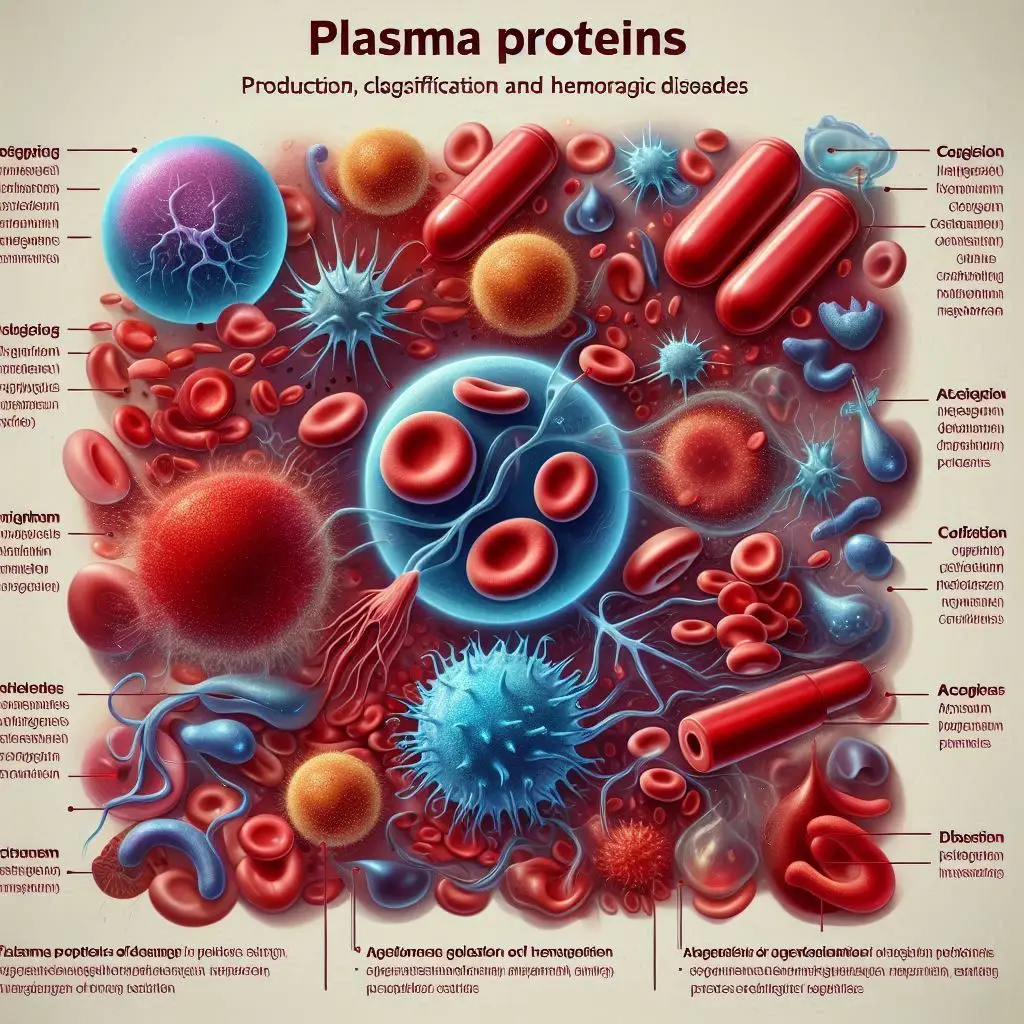Hemorrhagic Disorders in Animals: Causes and Treatments

Introduction to Hemorrhagic Disorders
Hemorrhagic disorders can occur in various animal species, including dogs, cats, horses, and cattle. These conditions may be inherited or acquired. Understanding these disorders is crucial for pet owners and veterinarians alike.
Types of Hemorrhagic Disorders
Inherited Coagulation Disorders
- Hemophilia A
- Hemophilia A is the most common inherited bleeding disorder. It occurs due to a deficiency of Factor VIII, a crucial protein for blood clotting. This disorder primarily affects male dogs since it is X-linked.
- Symptoms include spontaneous bleeding into joints and muscles, leading to lameness and swelling. Severe cases can result in life-threatening hemorrhage.
- Von Willebrand Disease (vWD)
- vWD is another common inherited disorder caused by a deficiency of von Willebrand factor. This factor is essential for platelet adhesion during blood clotting.
- Dogs with vWD may experience excessive bleeding after surgery or injury. The severity of symptoms varies among different breeds.
- Factor Deficiencies
- Various other factor deficiencies exist, such as Factor IX deficiency (hemophilia B) and Factor VII deficiency. These conditions can lead to similar bleeding issues as hemophilia A.
Acquired Coagulation Disorders
- Thrombocytopenia
- Thrombocytopenia involves a low platelet count and can result from immune-mediated destruction or infections like Ehrlichiosis.
- Symptoms include nosebleeds, bleeding gums, and prolonged bleeding after vaccination or surgery.
- Hypofibrinogenemia
- This condition is marked by an abnormal shortage of fibrinogen, leading to severe bleeding episodes.
- Certain breeds like Saint Bernards are more prone to this condition.
- Disseminated Intravascular Coagulation (DIC)
- DIC is a complex disorder characterized by widespread clotting throughout the body. It often occurs secondary to severe infections or trauma.
Causes of Hemorrhagic Disorders
The causes of hemorrhagic disorders can be broadly categorized into inherited and acquired factors.
Inherited Factors
- Genetic mutations lead to deficiencies in specific clotting factors.
- Breeds such as German Shepherds are particularly susceptible to hemophilia A due to breeding practices that propagate the condition.
Acquired Factors
- Infections: Diseases like Ehrlichiosis can lead to platelet destruction.
- Autoimmune Conditions: Conditions where the immune system attacks the body’s own platelets can cause thrombocytopenia.
- Nutritional Deficiencies: Lack of essential nutrients can impair blood clotting mechanisms.
Symptoms of Hemorrhagic Disorders
Recognizing the symptoms of hemorrhagic disorders is vital for early diagnosis and treatment. Common symptoms include:
- Spontaneous Bleeding: This may occur in joints or muscles.
- Bruising: Animals may develop bruises on their skin or mucous membranes.
- Prolonged Bleeding: Excessive bleeding after surgery or injury is a hallmark sign.
- Lameness: Swelling from internal bleeding can cause pain and lameness.
- Nosebleeds: Frequent nosebleeds can indicate underlying issues with clotting.
Diagnosis of Hemorrhagic Disorders
Diagnosing hemorrhagic disorders involves several steps:
- Clinical History: A thorough history helps identify any previous bleeding episodes or family history of coagulation disorders.
- Physical Examination: A veterinarian will check for signs of bruising or swelling.
- Coagulation Tests:
- Tests like activated partial thromboplastin time (aPTT) help assess clotting function.
- Specific factor assays measure the activity levels of various clotting factors.
Treatment Options for Hemorrhagic Disorders
The treatment for hemorrhagic disorders varies depending on the underlying cause:
Inherited Disorders
- Factor Replacement Therapy:
- For conditions like hemophilia A, administering Factor VIII can help manage bleeding episodes.
- Blood Transfusions:
- Fresh-frozen plasma transfusions provide necessary clotting factors and proteins.
Acquired Disorders
- Treating Underlying Conditions:
- Addressing infections or autoimmune diseases can improve platelet counts.
- Supportive Care:
- Providing supportive care during bleeding episodes is crucial for recovery.
- Medications:
- In some cases, medications that enhance platelet function may be used.
Preventive Measures
Preventing hemorrhagic disorders involves responsible breeding practices and regular veterinary check-ups:
- Genetic Testing: Testing breeding animals for genetic defects helps reduce the incidence of inherited disorders.
- Regular Health Screenings: Routine blood tests can catch potential issues early before they become severe.
Conclusion
Hemorrhagic disorders pose significant health risks to animals but understanding their causes and symptoms allows for timely diagnosis and treatment. Pet owners should remain vigilant about their pets’ health and seek veterinary care if they notice any signs of bleeding or unusual behavior.
By being proactive about their pets’ health and well-being, owners can help ensure their furry companions live happy and healthy lives free from the complications associated with hemorrhagic disorders.
For more pearls of Vets Wisdom:
https://wiseias.com/partitioning-of-food-energy-within-animals/





Responses